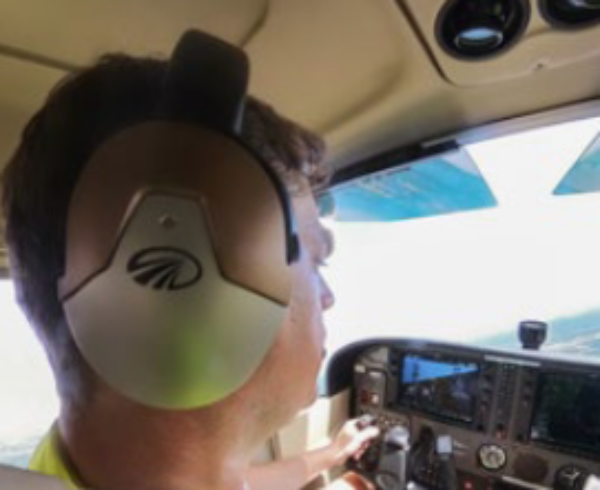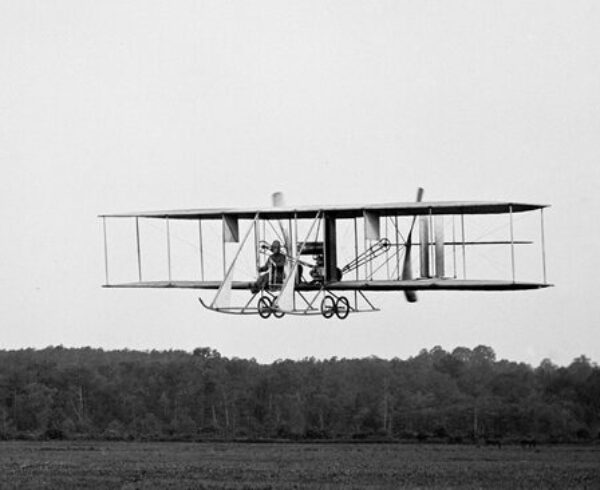We are sometimes asked why premium aviation headsets are so expensive. That’s a hard question because “expensive” is a matter of perception; it depends on one’s budget, needs, and expectations. However, it’s easy to explain the cost difference between premium aviation headsets and the others, or between a noise cancelling aviation headset and a consumer-grade noise-cancelling headset. They cost more for the same reasons a car costs more than a skateboard: what they can do for you and the importance of doing it well.
Cars and skateboards are both means of transportation, but one will get you across a neighborhood and the other can take a family of four plus luggage on a cross-country vacation. Similarly, there are huge differences between premium and lower-end aviation headsets. Basic aviation headsets provide some hearing protection through passive noise reduction (the physical barrier of the ear cups), and they provide sound transmission for comms. Premium aviation headsets provide superior hearing protection and clearer communications through Active Noise Reduction (ANR), which means there is a computer built into the headset which analyzes the outside sound that makes it through the ear cups and generates sound waves phased to cancel it. And some premium aviation headsets have even more advanced sound functionality, not found with consumer ANR. For example, the Lightspeed Delta Zulu headset features HearingEQity®, which optimizes communications for your hearing acuity. These advanced capabilities require years of design. As you’d expect, premium aviation headsets tend to be more comfortable to wear than lower end aviation or consumer ones. Lightspeed headsets are built out of lightweight materials such as stainless-steel headbands that fit the head without squeezing and magnesium cups designed to fit comfortably around the ear and provide a superior sound seal.
Another big difference between cars and skateboards is safety. As long as the rider doesn’t play chicken with gravity, a skateboard doesn’t go all that fast, whereas a car must be able to operate safely at high speeds. Similarly, you expect a premium aviation headset to provide greater safety and reliability. Superior sound quality helps a pilot hear comms accurately, a difference that can save lives. Superior noise reduction and comfort also reduce pilot fatigue. And some premium headsets offer additional safety features such as the Kanari™ technology in the Lightspeed Delta Zulu headsets, which monitors and alerts you to hazardous levels of carbon monoxide (CO).
And just as a car undergoes rigorous testing, premium aviation headsets have to be tested to work in different environments and conditions. To ensure compatibility and protect your headset investment, every major release of the Lightspeed app is tested to be sure they work with 22 base iOS devices.
Premium aviation headsets must also be built to last. In contrast to consumer headsets or lower-end aviation headsets made of heavy plastic, stainless steel headbands and magnesium alloy in the ear cups make Lightspeed headsets both comfortable and durable. And if there’s any issue, you expect premium headsets to be backed by premium customer service. Lightspeed’s industry best warranty coverage and exceptional customer service ensure that any issues are resolved promptly and headsets come back from service working and looking like new.
So, getting back to the original question, what you choose to pay for a headset is a personal decision. The best headset is the best one you can afford. If you’re using your headset for entertainment or gaming, a consumer headset will meet your needs. If you’re a student pilot on a tight budget or you only take occasional short flights under ideal conditions, a moderately priced aviation headset may be fine. If you have bigger needs and budget, consider the trade-offs. How well will an aviation headset protect your hearing? How comfortable is it, especially for longer flights? How long will it last and will the manufacturer stand behind it if it needs service? What other features are important to you?
Ultimately, the better the hearing protection and comfort and the clearer the comms, the safer you will be in the air, and additional safety features such as CO detection up the safety quotient even further. And since what goes up must come down, safety in the air is priceless.















Leave a Comment